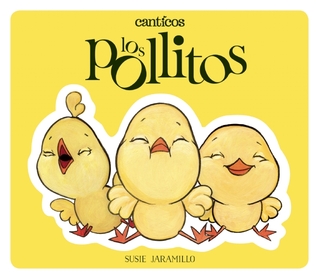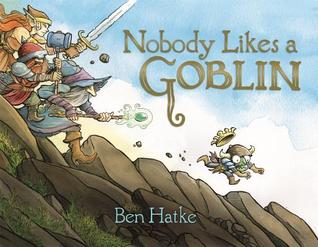
Join New York Times bestselling author Robert Beatty to celebrate the release of his new book, Serafina and the Twisted Staff, the highly anticipated sequel to last year's runaway hit set in the Blue Ridge Mountains. Published by Disney Hyperion, this exciting mystery-thriller for adults and young readers (8+) follows the story of a brave and deeply unusual girl who lives at Biltmore Estate amidst the opulence of the Gilded Age.
THE 2016 SUMMER TOUR! This special event includes a presentation by the author, Q&A, free food & drink, a book signing, screening of the new book trailer, lots of Serafina giveaways, and the opportunity to meet the author and fans of Disney Hyperion's newest book series.
Early praise from the prestigious Kirkus Reviews says Twisted Staff is “Even better than its predecessor, a sequel that delivers nonstop thrills from beginning to end." (Starred Review)
Since its release last year, the first book, Serafina and the Black Cloak, has been on the New York Times Best Sellers List for 20 weeks. It has also appeared on the best seller lists of Publisher’s Weekly, USA TODAY, Barnes & Noble, Amazon and independent bookstores. It was selected by the Southern Independent Booksellers Association as representing the "best in Southern literature,” and has won many honors onGoodreads.com. Recently, it was named as a finalist for the prestigious 2016 Pat Conroy Southern Book Prize. A fast favorite for teachers and students, the book is being taught in hundreds of classrooms across the nation and has appeared on summer reading and Battle of the Books lists.
If you haven't already, be sure to watch the video trailer for Book 1:http://on.fb.me/1HoNW0G.
Scheduled for nationwide release on July 12, Serafina and the Twisted Staff is available for pre-order now.












